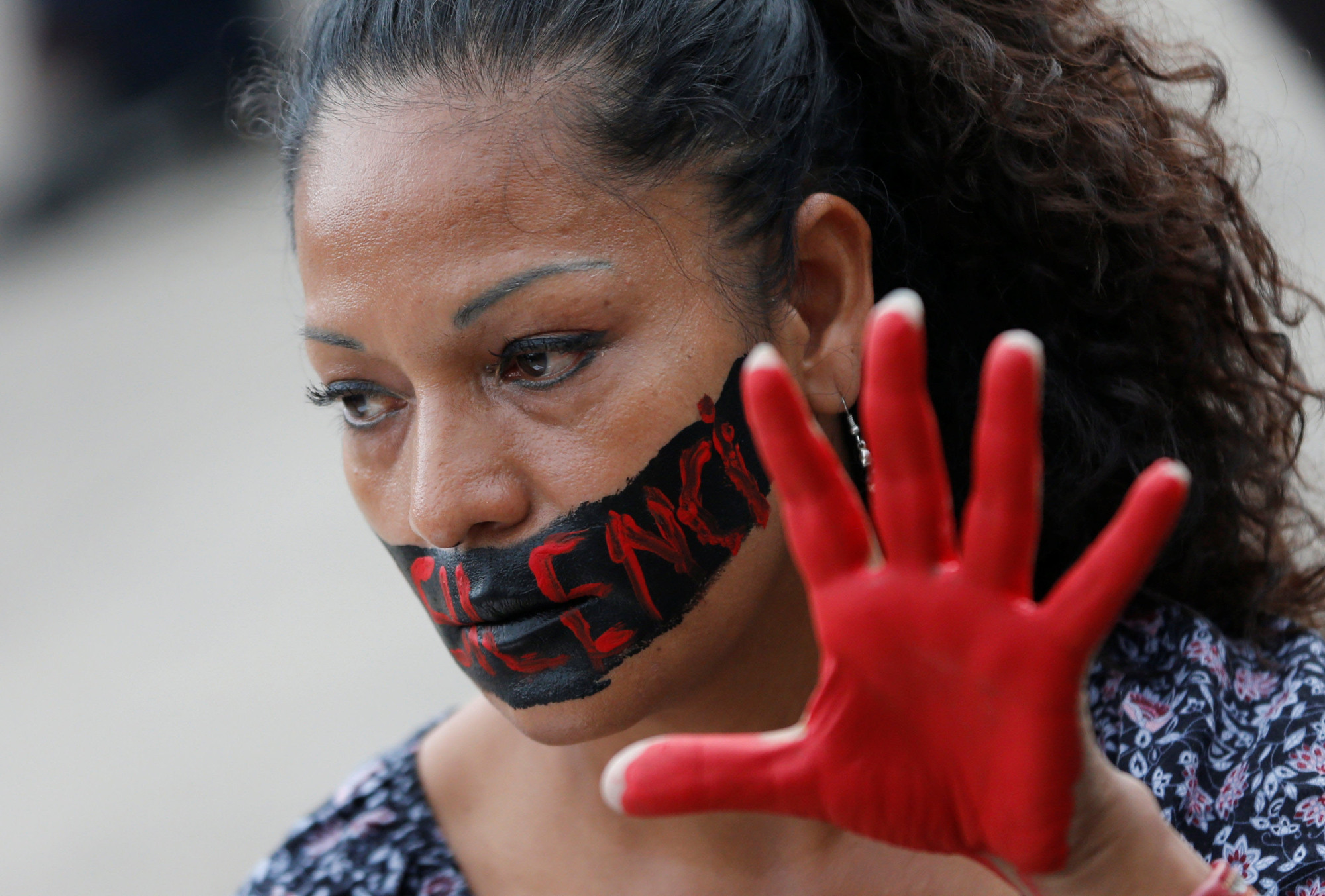In most countries, panic buttons are devices used by elderly folk who may need emergency care, or parents who want to keep tabs on wandering children and pets. But in Mexico, they're part of the survival toolkit for journalists covering the drug war, corruption and other man-made miseries, enabling them to send a silent distress signal to authorities. Such is the state of news gathering in Latin America's second-largest nation, which has overtaken Colombia — now emerging from half a century of guerrilla insurgency — to become the Western Hemisphere's deadliest place to be a journalist.
None of this was news to Javier Valdez, the prize-winning investigative journalist gunned down in his car on May 15 in Culiacan, a regional capital in Mexico's wild northwest. Perhaps on the hunch that official caretakers and an electronic gadget were frail guarantees for his beat, Valdez was not among the 405 journalists and activists filing for federal protection in the last five years under Mexico's Mechanism for the Protection of Human Rights Defenders and Journalists. At Riodoce, the independent magazine he co-founded in Sinaloa state, home to the county's most notorious criminal cartel and its erstwhile crime kingpin, Joaquin "El Chapo" Guzman, his job was reporting on Mexico's underworld.
Valdez's death has since prompted a national commotion, revolt among the country's media, emergency meetings by federal and local authorities, plus heartfelt official pledges to overhaul the justice system and safeguard the free press. But unless public authorities can back up the encomiums with enforcement, and bring media predators to justice, the sanctimony will ring hollow.



















With your current subscription plan you can comment on stories. However, before writing your first comment, please create a display name in the Profile section of your subscriber account page.